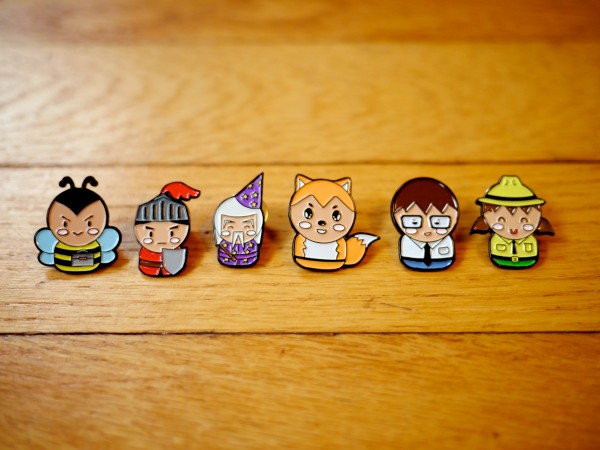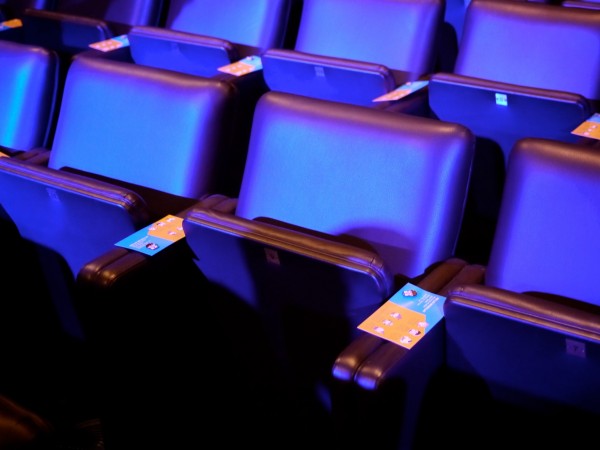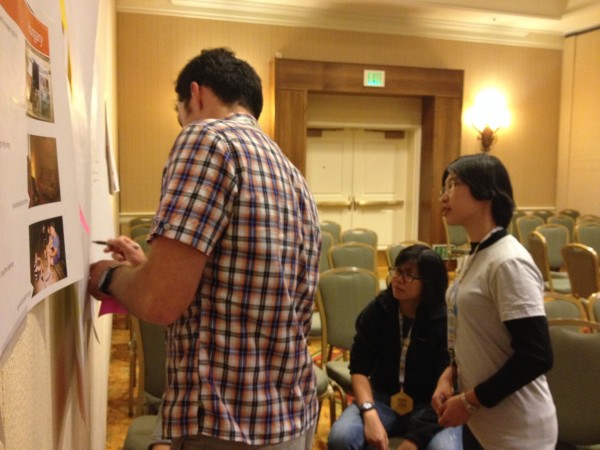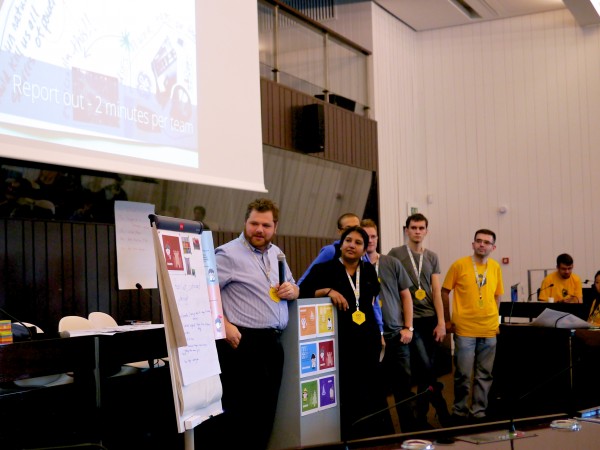Measuring User Perceived Performance to Prioritize Product Work
/I’m excited to announce that my colleague Heather McGaw and I will be speaking at Performance Matters (#PerfMatters) this April.
Read MoreI’m excited to announce that my colleague Heather McGaw and I will be speaking at Performance Matters (#PerfMatters) this April.
Read MoreLike many organizations, Mozilla Firefox has been experimenting with the Google Ventures Design Sprint method as one way to quickly align teams and explore product ideas. Last fall I had the opportunity to facilitate a design sprint for our New Mobile Experiences team to explore new ways of connecting people to the mobile web. Our team had a productive week and you can read more about our experience in this post on the Sprint Stories website.
Read MoreI was recently invited to the UIC Daley Library to speak to an awesome group of librarians that are using UX methods to learn about and improve their institutions. The workshop focused on my work at Mozilla, how to plan a research study, and best practices for user interviews. Activities throughout the day gave all the attendees hands-on experience scoping, drafting, and running a user interview. You can see my slides below and learn more about the Chicago Library UX group on their meetup page.
(© 2015 Gemma Petrie. All rights reserved.)
Build. Empower. Teach. Shape. When Mitchell Baker defined the Nature of Mozilla in her keynote at this year's Mozilla Summit, she highlighted these activities to be our main responsibilities as Mozillians.
The User Research team is dedicated to understanding who our users are and how to build products that will meet their needs. Earlier this year we completed the Firefox User Types study as part of this effort. This research has already been used by internal Mozilla teams to think about different features and design solutions for Firefox, and the Summit gave the User Research team the opportunity to share this work with the entire Mozillia community. Our session, "Designing for our users, not for ourselves," was facilitated by Mozilla User Research team members in all three Summit locations: Toronto (Cori Schauer & Gregg Lind), Santa Clara (Bill Selman & Lindsay Kenzig), and Brussels (Gemma Petrie and Dominik Strohmeier). Special thanks to our amazing UR and UX colleagues for their support at each session!

The summit was an awesome experience with more than 1,800 Mozillians across three locations. We were excited to share our work during our UR/UX breakout sessions, but with so many concurrent tracks, we knew not everyone would be able to to attend. In order to convey our enthusiasm for our research, spread the word about our sessions, and get the community talking about who our users are, we created and distributed enamel user type pins to all of the Mozillians in attendance.

The pins were a hit and within minutes the keynote auditorium was full of Mozillians trying to trade with one another for their favorite user type. Nearly half of our community members fall into the "Wizard" category of users, but in our research this user type only represents 1% of North American Firefox users. We deliberately distributed only a few "Wizard" pins at the Summit in order to get people talking, and did it ever! As people frantically searched for these elusive pins, it gave us the opportunity to discuss the theme of our talk, "Designing for our users, not for ourselves." (Thanks to Zhenshuo Fang for her lovely user types artwork and to Madhava Enros for the pin idea!)

The word was out about User Types, and more than 60 Mozillians came to the session in Brussels, 35 in Toronto and 30 in Santa Clara to learn more. During the presentation, we introduced everybody to the concept of having user types to guide our design and product development process. We also introduced each of the user types and their specific characteristics. We then split the room into six groups and each group received a short user profile, a collection of photos, pens, paper, and two exercises:

After finishing the exercises, each group presented their results to the other teams. The goal of our session was to make people start thinking like one of our user types and we were incredibly impressed with the thoughtful ideas each group shared. The presentations highlighted an important constraint our designers work with every day: There are very different ideas about the Web and what Firefox could offer each of the user types, however we only develop one Firefox Desktop which needs to serve all of our users.

Thanks to all the Mozillians in the different Summit locations who joined our session. In Brussels, we especially enjoyed the long discussion that followed after the official session ended. We hope that these discussions will continue and that we will all keep the user types in mind when working on future products so that we are better able to build the Internet the world needs. (Special thanks to Cori Schauer for her work preparing this session!)

Last night I had the pleasure of attending my first Chicago Women Developers Meetup to hear Marcin Wichary of the Google Doodle team give a talk on building doodles. Marcin has worked on memorable Google doodles like PAC-MAN and Jules Verne.
Marcin centered his talk around some of the tension inherent in user experience design:
Oversight vs. Freedom
Embracing Familiarity vs. Habitually Trying New Things
Looking Forward vs. Looking Back
Code That Feels Nice vs. Code That Gets the Job Done
Art vs. Technology
Marcin hopes that the, "fleeting little universes of delight" that the Google Doodle team creates will get people excited about what's possible on the web today and inspire people to use tools in ways that weren't originally envisioned. They treat the Google home page as a place for fun and exploration, not a platform to show off. It's about using new technologies to "do something that will delight the user."
It was a great talk. If you missed it, check out Marcin's talk on Google PAC-MAN from Google IO.
(Image Credit: Google)